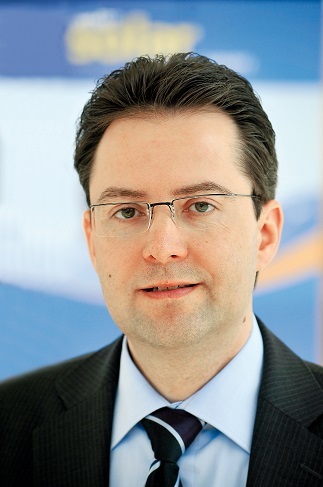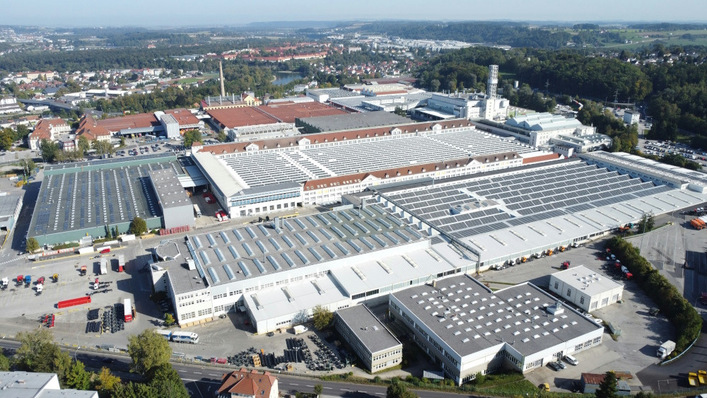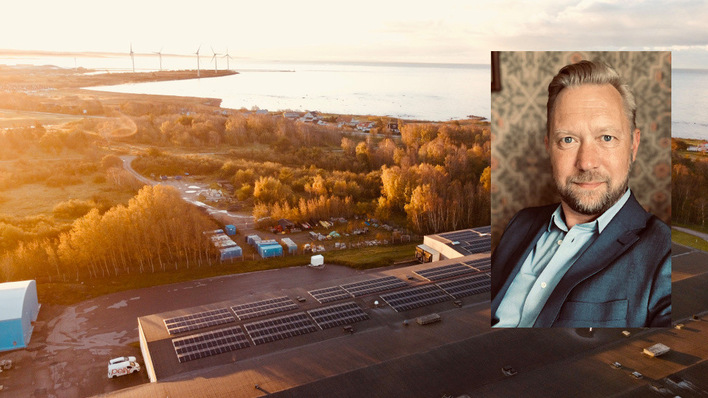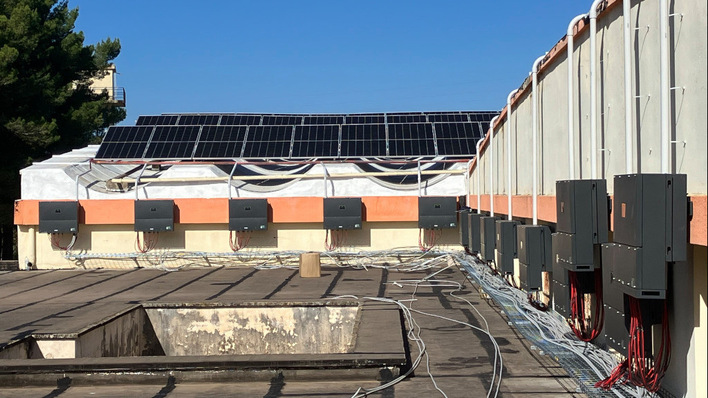pv Europe: What are the driving factors for market growth? Costs of photovoltaics are declining, but although costs for oil and natural gas are on a record low…
Markus Elsässer: PV is already one of the cheapest sources of electricity generation in the Middle East region and we will even see further declining costs in the future. We have seen PV prices as low as 5-6 US cents per kWh. PV can contribute to the growing energy demand in general and especially to the higher peak load profiles which utilities are continuously facing. An there is the advantage that PV power plants can be built in very short time frames compared to conventional power plants.
These are all reasons why policymakers and regulators are setting the framework for higher shares of PV in the future electricity supply. If we compare PV with other sources of electricity on an unsubsidized base, it is very obvious that PV will play an important role in the future energy supply of the region. The high pressure on governments budgets through the declining oil and natural gas prices could also lead to further cuts of subsidies for oil and gas which would be beneficial for the competitiveness of PV.
What are the top three solar hot spots in the region?
The United Arab Emirates and especially Dubai and Abu Dhabi are accelerating their solar projects at the moment and it is expected that we will see tenders in the UAE in 2016 exceeding 1 GW. Egypt and Jordan will again show a good number of installations and it seems that Saudi Arabia will finally join the positive development.
Are we talking mainly about utility scale solar, or is there already a market for commercial and residential PV?
The market was mainly driven by large-scale installations and the Middle East region has been setting new LCOE-benchmarks in this market segment. With lower prices for PV and increasing electricity rates, the potential for distributed PV installations is on the rise.
How do you assess the business opportunities for European and German based solar companies in Middle East?
European companies have a wealth of experience with PV. In the second quarter of 2016 the cumulative capacity of solar installations in Europe has surpassed 100 GW which is 40 % of the global installations. In the fields of technology, research, project development, installations, operation and maintenance of power plants, European companies are very experienced. Therefore it is not a surprise that European companies are already involved in many projects in the Middle East region.
What are some key requirements should they meet? How important are local partners?
If you’re just starting out in the Middle East region you should be aware that decisions can take a long time, probably longer than you are used to. Therefore patience is a key to be finally successful. It is also very helpful, and in some countries even mandatory, to have a local partner. It is always good to start those partnerships by putting together a few small deals to see how serious your potential partner is in doing business with you.
Do you offer some specific networking events at the upcoming Intersolar Middle East for European solar companies who are looking for local partners?
We offer several networking opportunities, especially for international attendees and exhibitors, like the event at the Burj Khalifa with a breathtaking view of Dubai or a networking tour to Dubai sustainable city, the first Net Zero Energy city in Dubai.
Interviewed by Hans-Christoph Neidlein
Related news:








